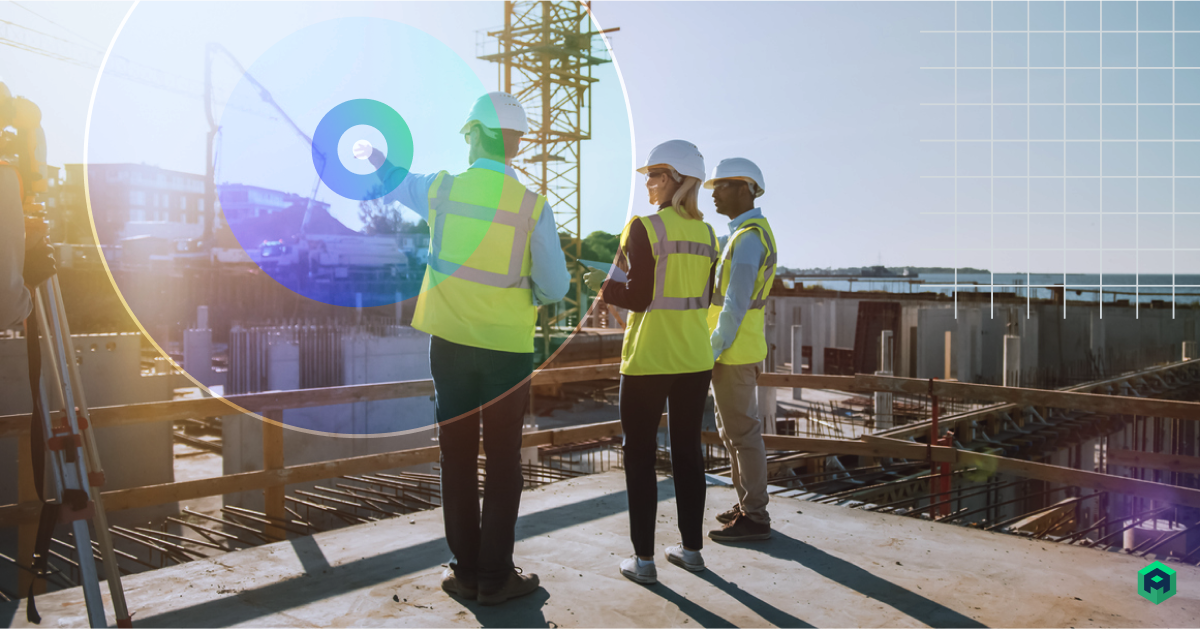When people ask what you can do with real estate development, the answers are often more related to the types of jobs one might find in this industry. But what about the bigger picture?
Real estate development itself is a broad industry. What you can do with real estate development is limited only by your imagination and a few zoning rules and regulations. If it weren’t for developers, there would be no Sydney Opera House, Melbourne Cricket Ground, Queen Victoria Building, Q1, Parliament House; the list goes on. Of course, not every developer gets to oversee the construction of such seminal sites, but that’s not to say you can work on something you can be proud of. So, ask yourself what will make you proud?
Your Location and Vision Are Your Key to Success
Your vision depends entirely on choosing the right location, and that location will only work if it is appropriately zoned. You won’t be building a high-rise building in a small residential area, and nor will you build a servo in the heart of a leafy suburb. Choose the right location and zone, speak to the local council if you need extra information about height and building restrictions, and then get to the drawing board.
What Do You Want to Develop?
If you’re thinking of a bouji art gallery, you want to have a client commissioning it – otherwise, it may be too specific to sell or rent out with ease. You must make sure that your vision matches the needs of the locals and that the local economy can support it. Often this depends on whether you intend selling or renting out the property once the development is completed. An art gallery needs to be commissioned or run by you, in which case you need to be a real estate developer and a curator.
That doesn’t mean your options are limited; if you network and pitch your grand idea to the right person, you can very well develop that property that you dream of.
What Type of Property Do You Want to Develop?
Real estate can be put into five primary categories: land, residential, commercial, industrial developments, and special-use or mixed-use developments. From there, they split into various subcategories. This is a rough guide to how they are categorised.
Examples of residential property developments:
- Housing estates
- Single-family homes
- Duplex
- Triplex
- Townhouses
Examples of commercial property developments:
- Large apartment buildings
- Office space
- Movie theatres
- Retail space
- Grocery stores
- Food outlets
- Leisure and hospitality sites
- Storage facilities
- Petrol stations
- Parking lots
Examples of industrial property developments:
- Power plants
- Manufacturing sites
- Production facilities
- Storage warehouses and distribution centres
Examples of land developments:
- Raw land which you could be banking for later use
- Recreational spaces for camping, hunting, and fishing
- Farms
Examples of special-use/mixed-use real estate:
- Religious spaces
- Transport centres
- Sports facilities
- Schools and education centres
- Government buildings
- Mixed-use properties that offer office spaces, food outlets, and retail stores
With every idea comes preparation, arduous work, and tenacity. Archistar software will help you get there. With this comprehensive property development platform, you will be able to find the perfect site; using its detailed and up to date zoning database, you will be able to conduct feasibility studies and even design your new property development.

